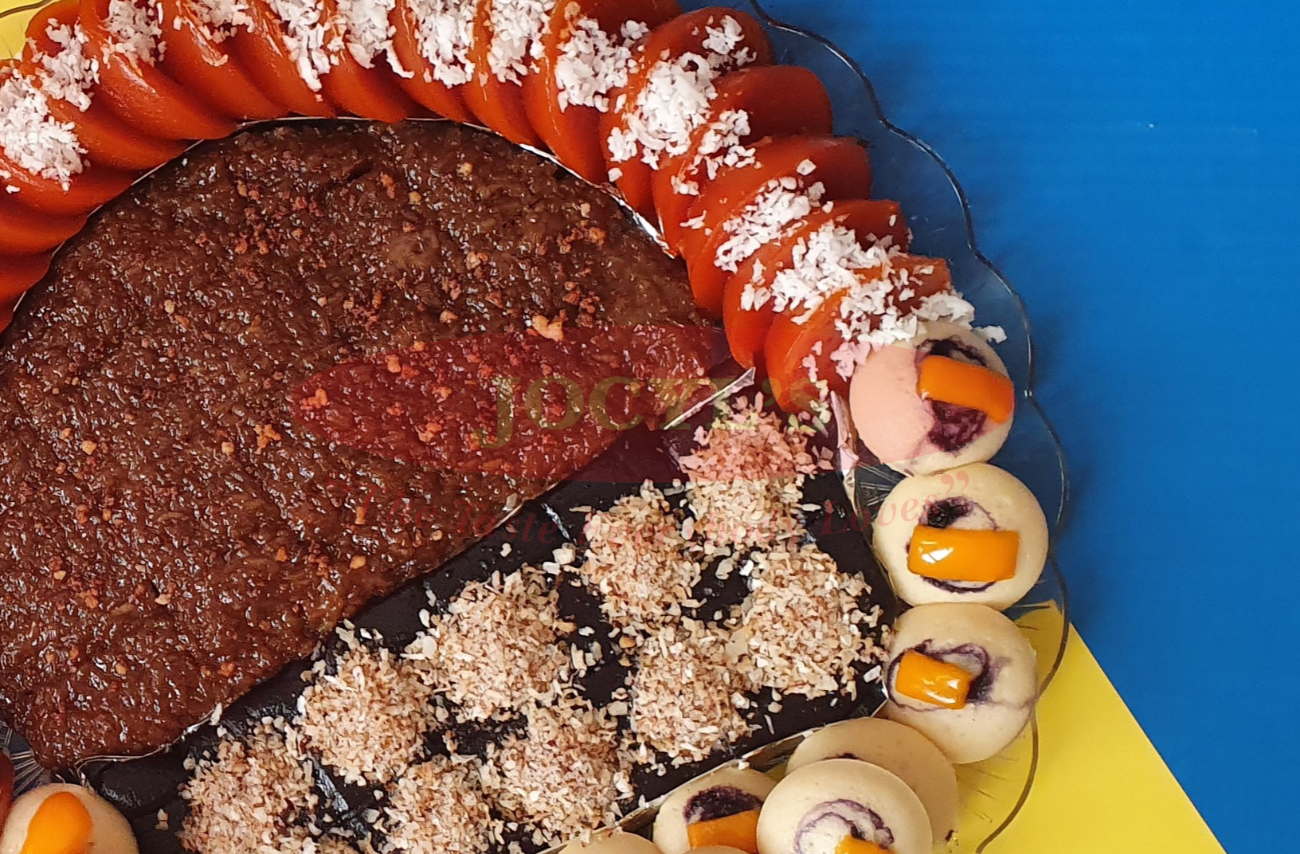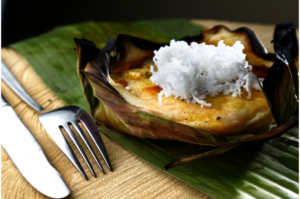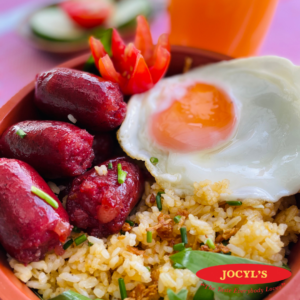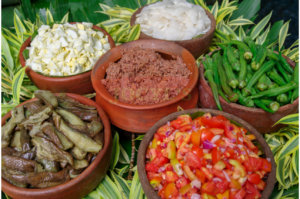
About Us
Jocyl's Food Products (a.k.a "Chorizo de Kalibo") is a bold and forward-thinking company whose goals are set to create surprising ways of developing and promoting our products. We are entrepreneurial and visionary in producing and marketing the best chorizo and other food products from our hometown - Kalibo, Aklan, Philippines.
About UsContact Info
- Tigayon Highway, Barangay Tigayon, Kalibo, Aklan
- +63362628688
- jocylsfoods@gmail.com
- Tigayon Highway, Barangay Tigayon, Kalibo, Aklan
- jocylsfoods@gmail.com
- +63362628688

Top 10 Filipino Desserts You Need to Try
-
Jocyl's Food Products > Blog > Delicacies > Top 10 Filipino Desserts You Need to Try
Filipino cuisine is known for its unique blend of flavors, influenced by its history and the various cultures that have left their mark on the country. One aspect of Filipino food that is particularly noteworthy is its desserts. From sweet and fruity to creamy and decadent, Filipino desserts are sure to leave a lasting impression on your taste buds. In this article, we’ll take a closer look at the top 10 Filipino desserts that you need to try.
1. Leche Plan
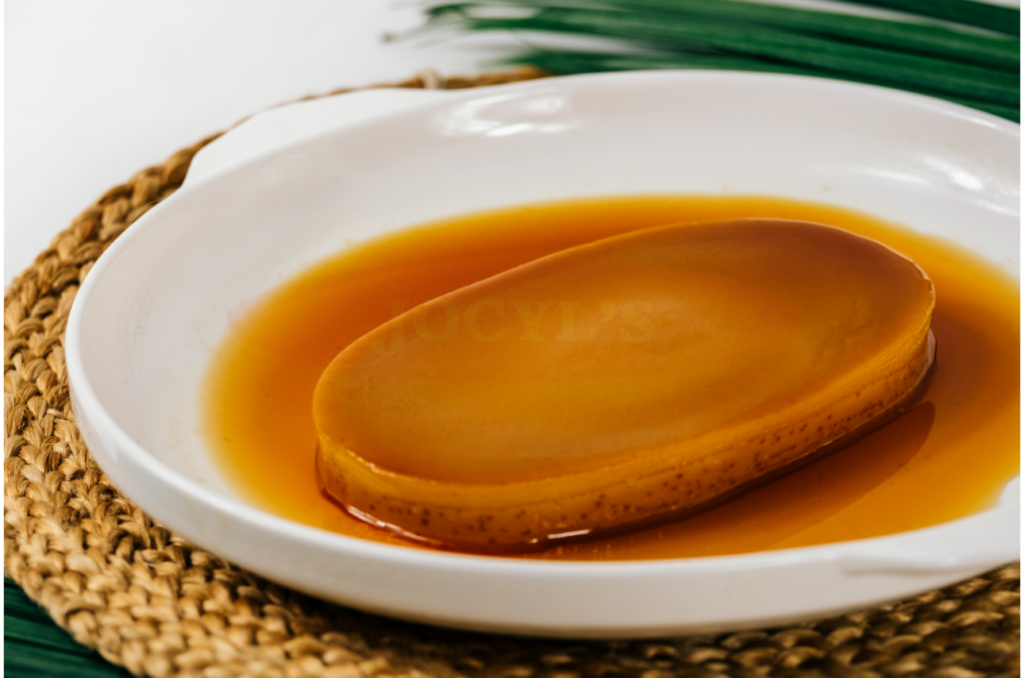
Leche flan is a rich and creamy dessert that is similar to a caramel custard. It’s made with condensed milk, evaporated milk, egg yolks, sugar, and vanilla extract. The ingredients are mixed together and then baked in a water bath until the mixture sets. Once cooled, the dessert is flipped over onto a plate, revealing a caramelized layer on top. Leche flan is a classic Filipino dessert that is often served at special occasions, such as weddings and birthdays.
2. Halo-Halo

Halo-halo is a popular Filipino dessert that is often served during the hot summer months. The name “halo-halo” means “mix-mix” in Tagalog, which is fitting for this dessert as it consists of a mixture of sweet ingredients. Halo-halo typically includes shaved ice, sweetened beans, jellies, fruits, and evaporated milk. It’s often topped with a scoop of ice cream and sometimes even cheese or rice flakes.
3. Buko Panda
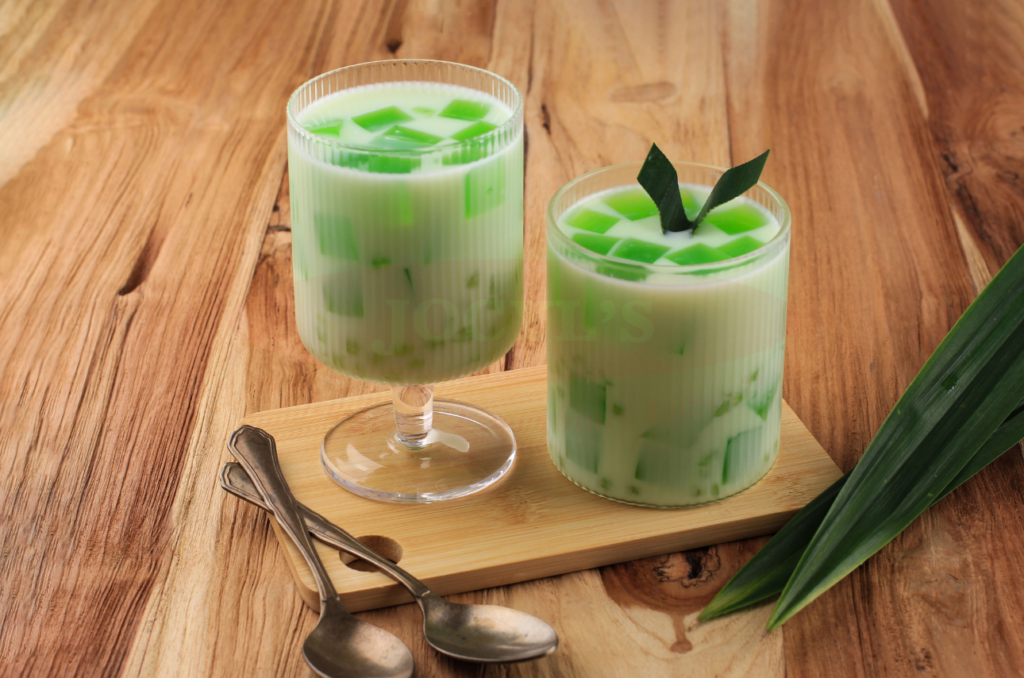
Buko pandan is a dessert that is made with young coconut meat and pandan leaves, which give it its distinct green color and fragrant aroma. The dessert is made by boiling pandan leaves in water, then adding agar-agar (a type of gelatin) and sugar. Once the mixture has cooled, young coconut meat and cream are added, giving it a creamy and refreshing texture. Buko pandan is a popular dessert that is often served at Filipino gatherings.
4. Ube Halaya
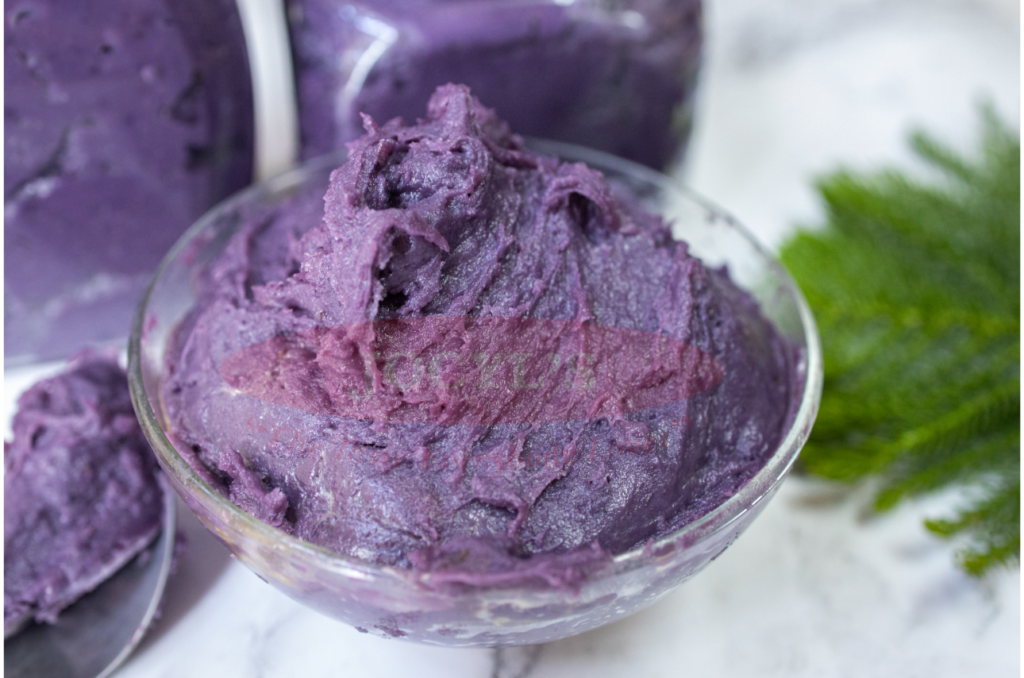
Ube halaya is a dessert that is made from purple yam, which is known as “ube” in Tagalog. The yam is boiled and mashed, then mixed with coconut milk, sugar, and butter. The mixture is then cooked over low heat until it thickens and turns into a smooth, purple paste. Ube halaya is often used as a filling for cakes or as a topping for shaved ice desserts.
5. Turon
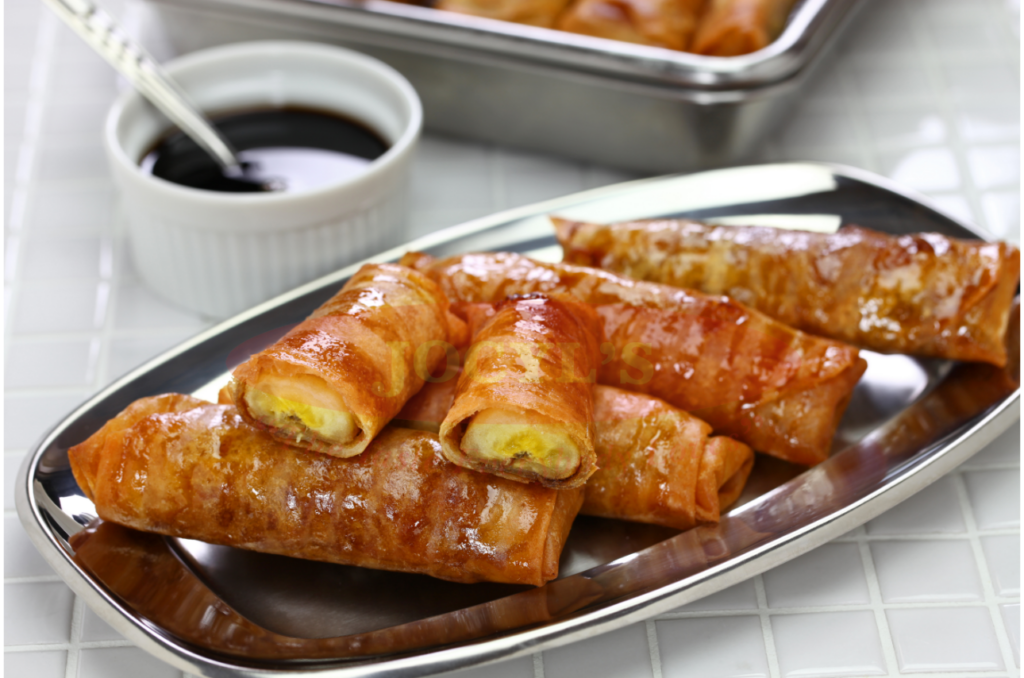
Turon is a Filipino dessert that is made with sliced bananas, brown sugar, and jackfruit, which are wrapped in spring roll wrappers and then deep-fried. The result is a crispy and sweet dessert that is often served as a snack or as a dessert after a meal.
6. Mango Float

Mango float is a dessert that is made with layers of graham crackers, whipped cream, and sweet mangoes. The graham crackers are layered with whipped cream and sliced mangoes, creating a sweet and refreshing dessert that is perfect for hot summer days.
7. Bibingka
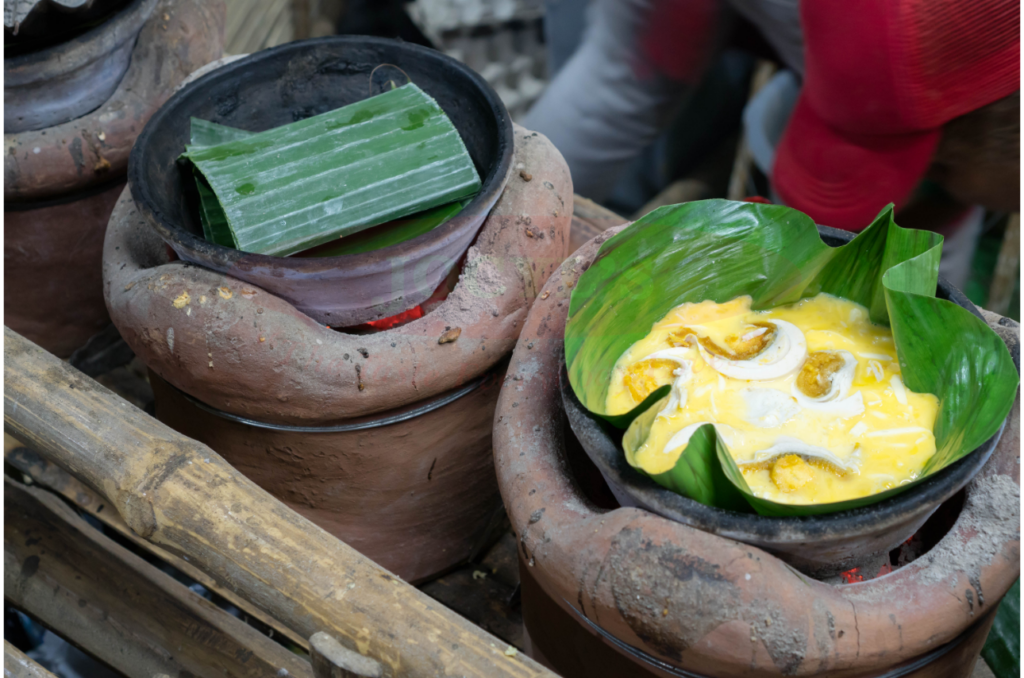
Bibingka is a traditional Filipino dessert that is made from rice flour, coconut milk, and sugar. It’s typically cooked in a clay pot lined with banana leaves, which gives it a unique flavor and aroma. Bibingka is often served during Christmas time and is best enjoyed warm with a dollop of butter and grated coconut on top.
8. Suman

Suman is a type of rice cake that is made with glutinous rice and coconut milk. The mixture is wrapped in banana leaves and steamed until it becomes soft and chewy. Suman can be served on its own or with a variety of toppings, such as coconut jam, grated coconut, or sugar.
9. Palitaw

Palitaw is a simple yet delicious Filipino dessert that is made from glutinous rice flour and coconut milk. The dough is rolled into balls, flattened, and then boiled in water until it floats to the surface. Once cooked, the palitaw is coated in grated coconut and sugar, giving it a sweet and nutty flavor.
10. Kakanin
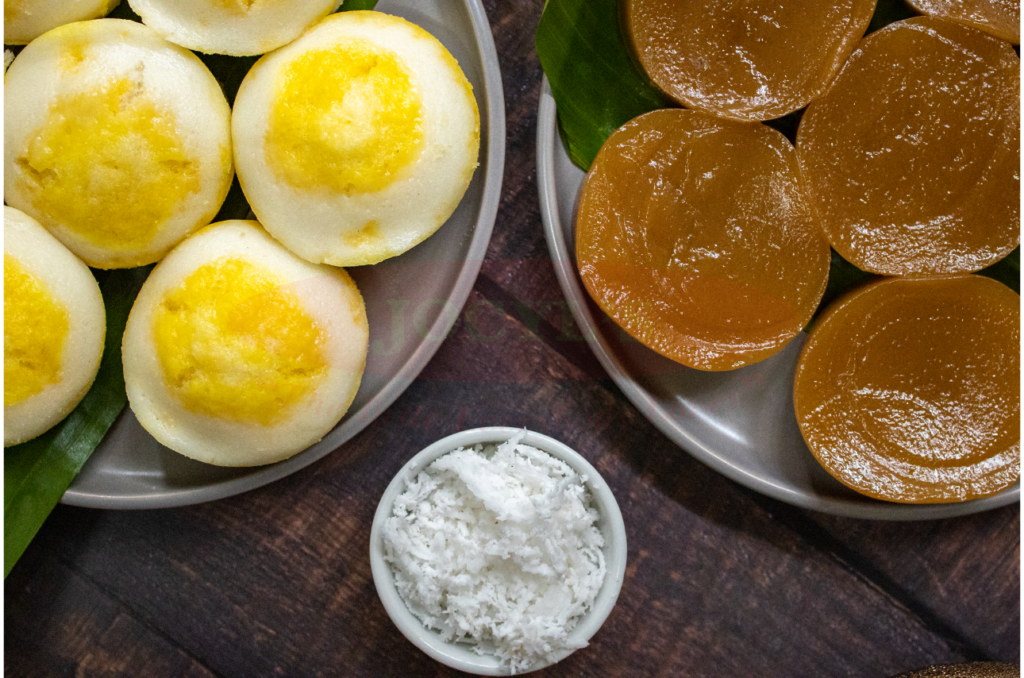
Kakanin is a term that refers to a variety of Filipino rice cakes, which are often made from glutinous rice and coconut milk. It can come in a variety of shapes and flavors, such as sapin-sapin (a layered rice cake), biko (sweet sticky rice), and puto kutsinta (steamed rice cake). It is often served during special occasions, such as weddings and birthdays.
On a final note, Filipino desserts are a must-try for anyone with a sweet tooth. From classic favorites like leche flan and halo-halo to more unique offerings like ube halaya and palitaw, there’s something for everyone to enjoy. These desserts are often served at special occasions and gatherings, making them an important part of Filipino culture and tradition. So why not give them a try and experience the delicious flavors of the Philippines for yourself?
Jocyl’s Social Media:
https://www.facebook.com/jocylsfoods
https://www.instagram.com/jocylsfoods
https://www.twitter.com/jocylsfoods
https://www.pinterest.ph/jocylsfoods
https://www.tiktok.com/@jocylsfoodsproducts
Related posts:
Recent Posts
- The Ultimate Guide to Authentic Filipino Breakfast: Why Chorizo de Kalibo Is Taking 2026 to the next level!
- Ultimate Aklan Pasalubong Guide: Authentic Filipino Treasures
- How to Cook Longganisa Without Oil: Easy, Healthy & Delicious Guide
- Ultimate Guide: How to Cook Ilonggo Longganisa – Perfect Every Time!
- What is Ilonggo Food? Discover the Rich Flavors of Western Visayas Cuisine
Recent Comments
Archives
- October 2025
- September 2025
- August 2025
- July 2025
- May 2025
- April 2025
- March 2025
- February 2025
- January 2025
- November 2024
- October 2024
- September 2024
- August 2024
- June 2024
- March 2024
- February 2024
- January 2024
- December 2023
- November 2023
- October 2023
- August 2023
- July 2023
- June 2023
- May 2023
- April 2023
- March 2023
- February 2023
Tags
- Aklan
- Aklan Pasalubong
- Boracay
- Boracay Food
- Boracay Island
- Boracay Pasalubong
- boracay snacks
- Boracay Souvenirs
- Breakfast
- Chicken
- chicken tocino
- Chori Burger
- chorizo
- ChorizoDeKalibo
- chorizo recipe
- Delicacies
- embutido
- embutido recipe
- Filipino Chorizo
- Filipino Cuisine
- filipino food
- Filipino Longganisa
- Filipino Sausage
- foodie guide
- homemade
- Iloilo
- Iloilo Chorizo
- Iloilo Food
- Iloilo Longganisa
- Iloilo Pasalubong
- ingredients
- JocylsFoods
- longaniza
- longganisa
- longganisa recipe
- meat
- Pasalubong
- pinoy recipes
- pork tocino
- recipe
- Recipes
- skinless longganisa
- snacks
- tocino
- tocino recipe

